Follow CDE on Socials
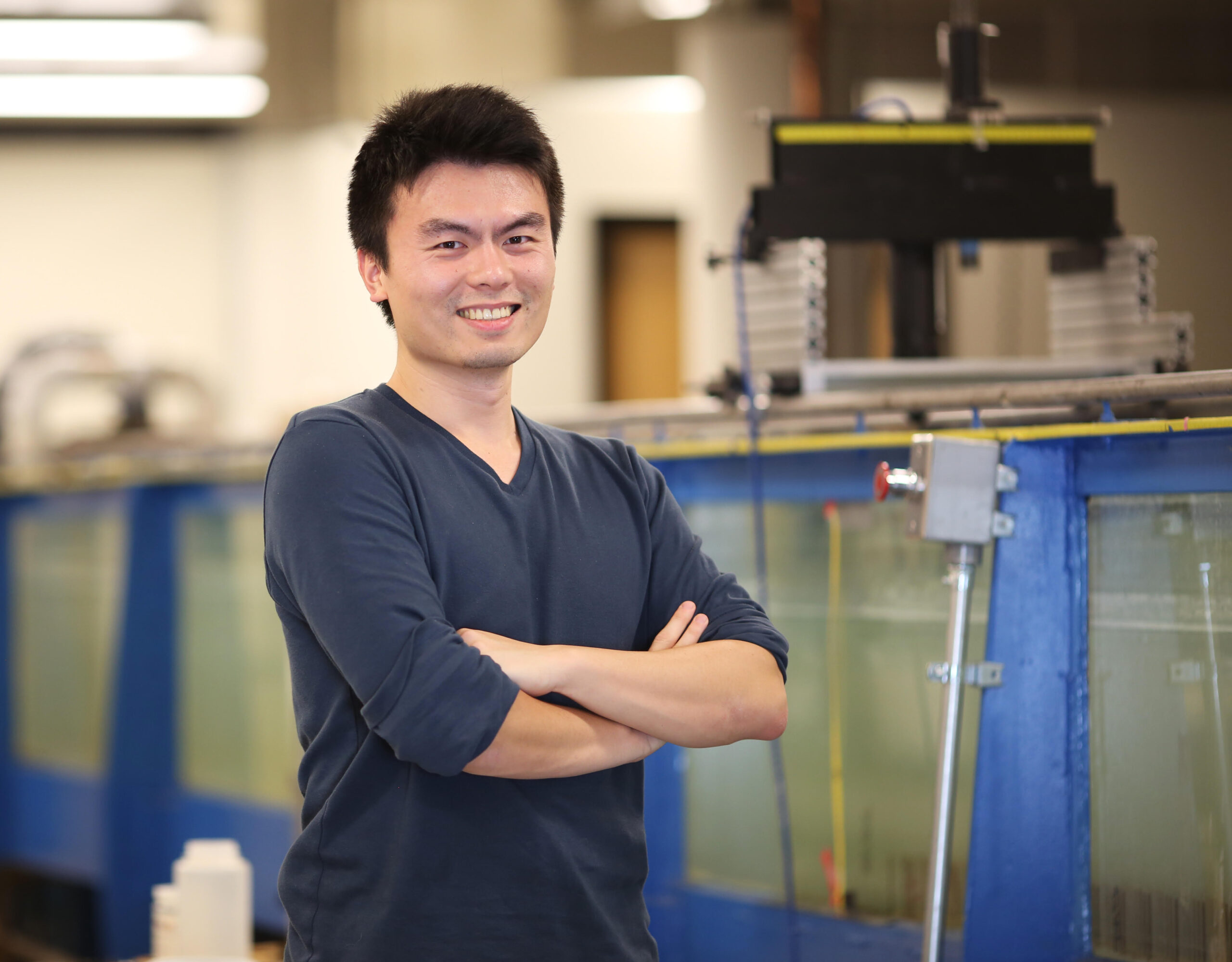
Dr Jiarui Lei, Gary
Assistant Professor
Department of Civil and Environmental Engineering
Follow CDE on Socials
Assistant Professor Gary Lei hopes that his research on how hydrodynamics may affect aquatic plants’ ability to curb erosion and promote carbon sequestration, especially in seagrass ecosystems, can further underscore the importance of coastal vegetation to economic activities.
Aquatic vegetation is crucial to the healthy functioning of a shoreline ecosystem. They provide food, oxygen and shelter to many living species, including fish, turtles, birds and marine mammals. Aquatic vegetation also buffers shorelines from the full force of waves and act as filtration systems to maintain water quality. Furthermore, they capture and store vast amounts of carbon dioxide through a process known as carbon sequestration.
These services that aquatic vegetation offer contribute greatly to the viability of coastal communities and economies. “Coastal vegetation provides a variety of ecosystem services,” said Assistant Professor Jiarui Gary Lei of the Department of Civil and Environmental Engineering at the National University of Singapore’s College of Design and Engineering. “To fulfill the demands of increased economic activities established near the shorelines and people’s will to enjoy a sandy and beautiful beach, we need to protect the shorelines while conserving biodiversity.”
Indeed, policymakers and communities worldwide are becoming more interested in how they can use coastal vegetation such as seagrass to help strengthen shorelines. Incorporating natural landscapes in coastal defence can be more sustainable, cost-effective and desirable than man-made protections.
Lei, who received his Ph.D. from the Massachusetts Institute of Technology (MIT), has long been interested in how water flow could affect marine plants’ ability to curb erosion and capture suspended sediment. In 2019, together with MIT professor Heidi Nepf, Lei quantified how large and dense a seagrass meadow should be to help weaken wave energy—a first in the field.
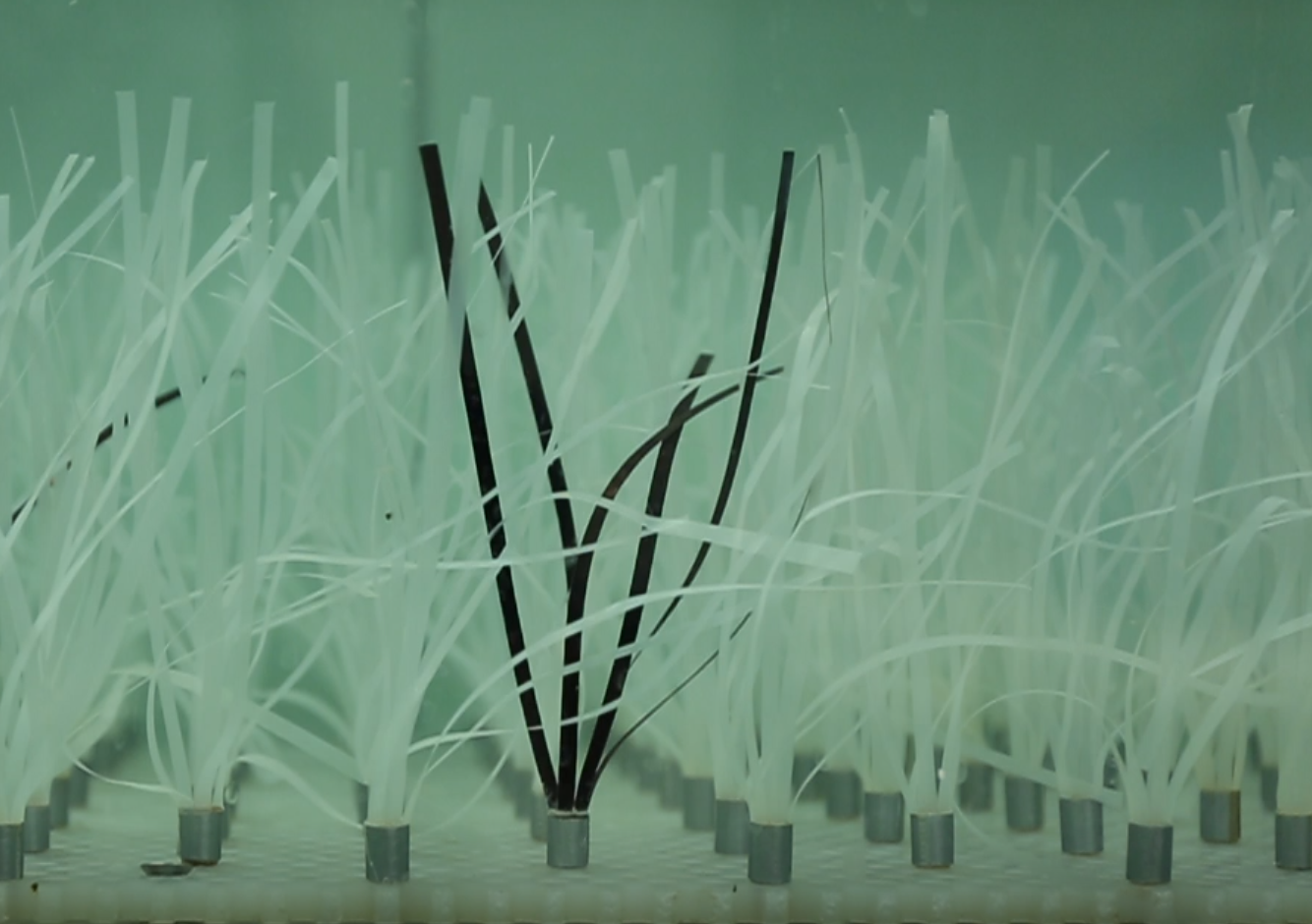
Understanding how orthogonal wave-current conditions can help in wave damping
Lei now wants to take his research further to understand better the “green and blue” of coastal vegetation. This means that he’s looking at the “green infrastructure” that coastal vegetation provides to dampen the effects of tidal erosion on shorelines, and the “blue carbon” that seagrass can store, which is crucial in our fight against global warming.
Green infrastructure such as seagrasses, mangroves and wetlands along shorelines can help baffle the energy from waves, thereby decreasing the possibility of flooding and saving coastal environments and communities from damage and destruction.
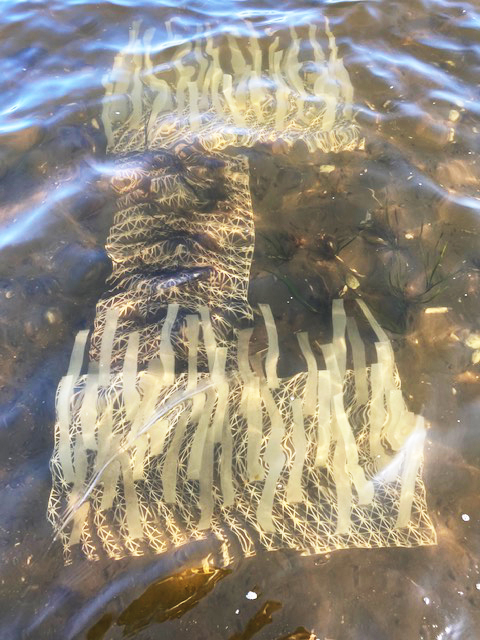
Lei and his team are developing a universal model for predicting how flexible aquatic vegetation can lessen the impact of waves in all flow conditions. He highlighted that although there has been vast research on how aquatic vegetation weakens wave oscillation, they primarily focus on pure-wave conditions. To that end, his pursuit will focus on how orthogonal wave-current conditions can achieve wave damping. Orthogonal wave-current interaction often occurs in coastal regions, when waves approach the shoreline near-orthogonally and longshore currents are present.
“With a robust model to describe fluid mechanics, engineers and watershed managers can assess different scenarios of aquatic vegetation restoration for their potential to protect shorelines and reduce the resuspension events that lead to poor water quality,” said Lei.
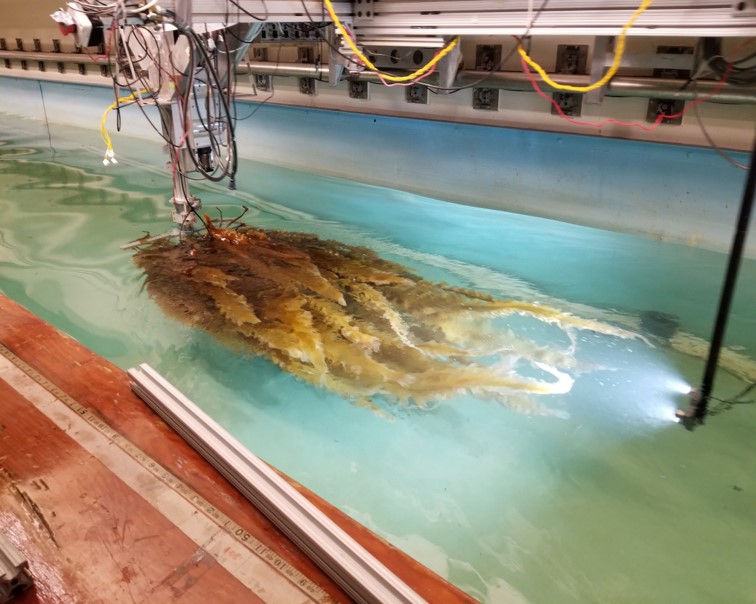
Measuring how the layout of seagrass meadows affects how much carbon they store
Like their terrestrial counterparts, coastal vegetation can store carbon within its biomass. They can also keep large amounts of carbon in the soil underneath them by trapping carbon in oxygen-poor waterlogged soil. In such soil, microorganisms are less capable of interacting with the carbon than if they were on land. Hence, lesser carbon is released from waterlogged soil into the atmosphere. Additionally, coastal vegetation can draw carbon dioxide from the water surrounding them and store them in the soil underneath them. Seagrass has been found to store 35 times more carbon than rainforests, according to a 2021 news report.
However, how hydrodynamics around seagrass affect carbon sequestration hasn’t been adequately studied. Water turbulence around the plants’ roots and stems could kick up sediments and particles and aid in releasing carbon trapped in the soil. On the other hand, aquatic plants can weaken waves and currents, leading to slower flows and turbulence, thereby allowing sediment to settle on the seabed.
“More accurate carbon measurements are needed to advance carbon credit assessment and improve the design of targeted seagrass restoration and conservation projects,” said Lei. “We aim to build a framework to understand how spatial layout in seagrass meadows can help them capture blue carbon through the retention of organic particles.”
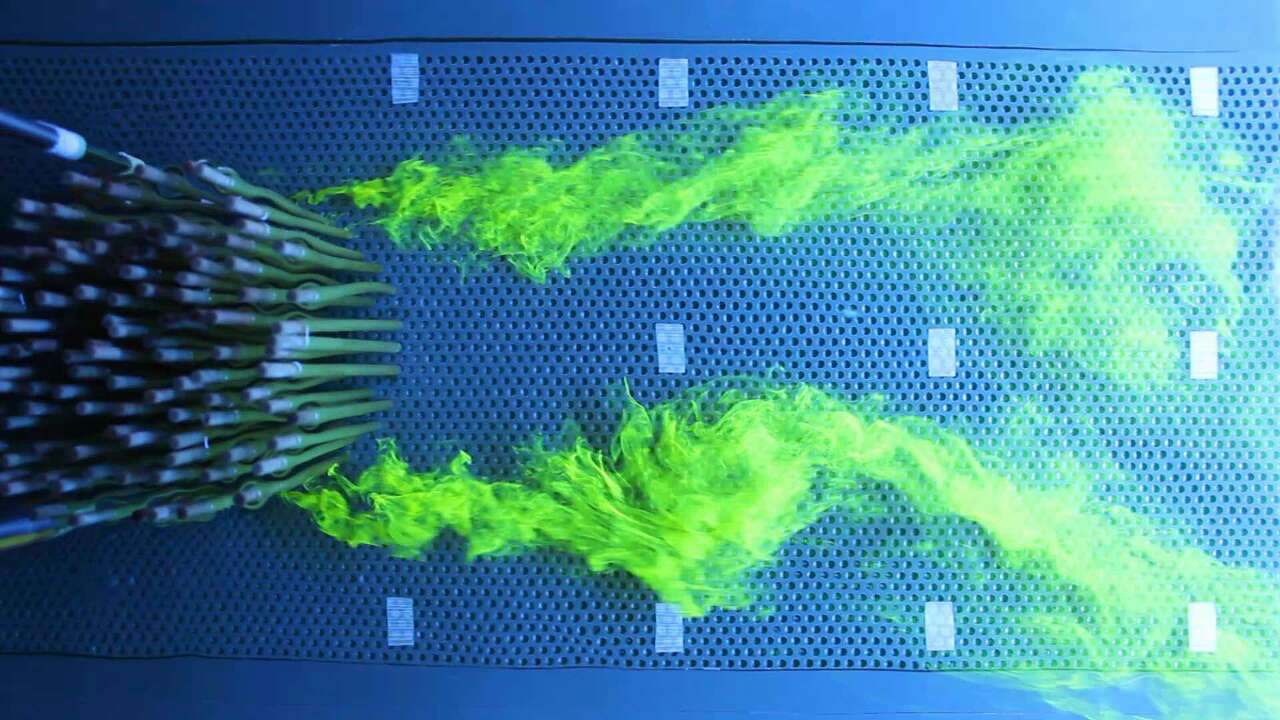
People
Jiarui LEI, Gary Assistant Professor, Department of Civil and Environmental Engineering ▏LinkedIn Profile
Related Departments/ Centres
If you are interested to connect with us, email us at cdenews@nus.edu.sg








